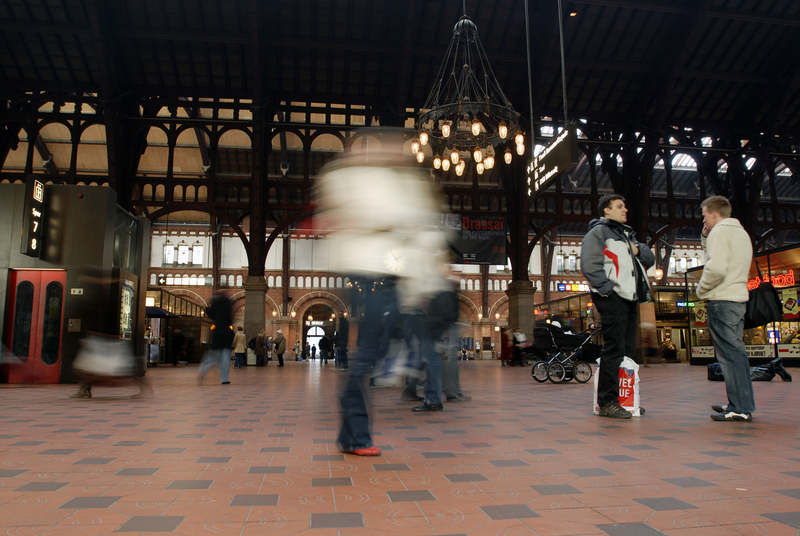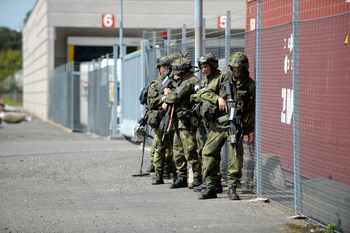Fewer refugees but problems with ID and border controls

The Nordic Council of Ministers commissioned the Øresund Institute to produce a report on the consequences of ID and border controls in the Region. It shows that more than 80% of the train commuters who responded to a questionnaire said they were considering applying for jobs in their home country or moving to the country in which they worked because of longer journey times, overcrowded carriages and unreliable timetables.
The report also reveals that Danish companies are finding it increasingly difficult to recruit and hold on to staff from Sweden.
It highlights the fact that women, young people and workers in low-paid jobs use the train more than other groups of employees, and that these groups have been hardest hit by the inconvenience of border controls.
The reason for the controls – the number of refugees – has also fallen considerably, both the number of actual asylum seekers and the prognoses for numbers expected to reach the Nordic Region in 2016. In Sweden, Norway and Denmark the number of asylum seekers is 69–84% lower than the same period last year. In Denmark, the number is down by a third.
The reason for the controls – the number of refugees – has also fallen considerably, both the number of actual asylum seekers and the prognoses for numbers expected to reach the Nordic Region in 2016.The latest prediction from the Swedish Migration Agency is that 29,000 asylum-seekers will come to Sweden this year. In February, the prediction was somewhere approaching 140,000, compared to 163,000 last year. In Denmark, the number predicted in 2016 has fallen from 25,000 to 10,000.
The main catalyst for the fall has been the EU-Turkey refugee deal.
When Denmark, Norway and Sweden decided to introduce temporary controls, it was for a fixed period. The period runs out in mid-November but the European Commission has given the go-ahead for a three-month extension if required.
The 1954 Nordic Passport Union grants Nordic citizens the right to travel to other Nordic countries without a passport or similar form of documentation. It was adapted to fit in with the EU’s Schengen arrangement, which contains exemptions that make it possible to introduce temporary border controls. The controls in Sweden have now been in force for a year.
The ministers for Nordic co-operation, who are kept up-to-date on the effects of the controls on a regular basis, discussed the report “ID and border controls in the Nordic Region. The effects of ID and border controls in a Nordic perspective” at their meeting in Copenhagen on 1 November.



